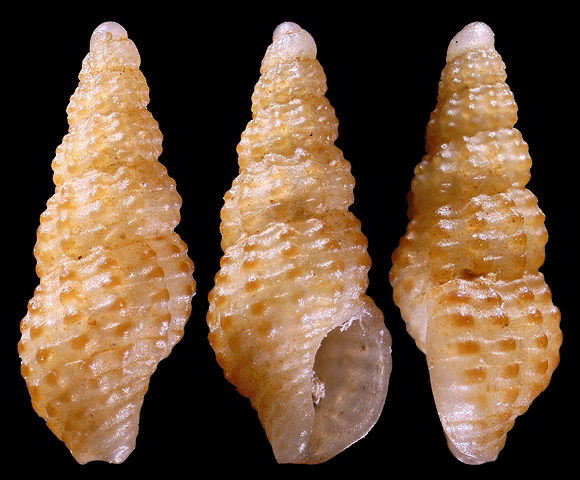
Gorringe Bank, Algarve to Ampère seamount I, Mediterranean. Scavenger and predator in the photic zone, among Posidonia meadows and concretions of Mesophyllum (Hergueta, Luque & Templado, 2002), chiefly in shallow water.
OBasionym: Nesea mamillata.
25m deep, in sediments, at the base of a rocky wall between Sapri and Acquafredda, Campanian border, SW. Italy. 5mm.
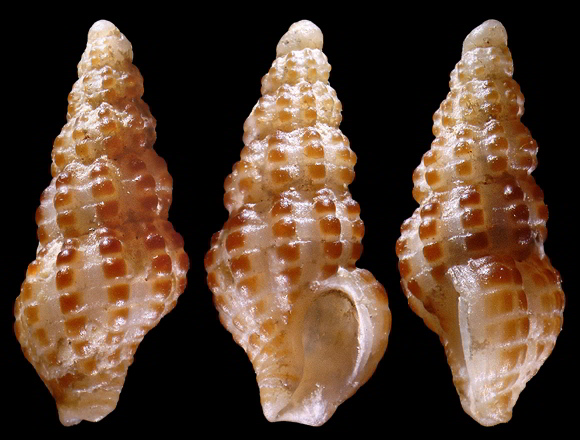
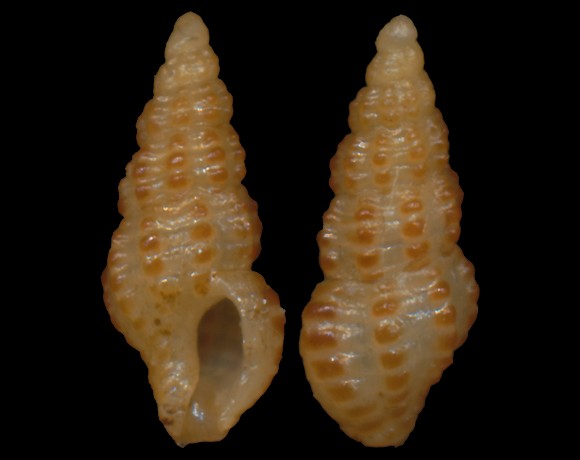
Synonym: granulata Risso. Larval development « completely intracapsular » (Hergueta & al., op. cit.), which results in a poor post-hatching dispersion of the juveniles, and in a patchy distribution. Colours: the usual mediterranean form is of a pale orange with brown nodules; in Alborán Sea and in the Atlantic, there is a variant with alternate bands of brown and orange; the Strait of Gibraltar hosts a pale variant, devoid of pattern. See Gofas & Oliver: “Las especies del género Chauvetia del área ibero-marroquí…”, Iberus 28(1), 2010. – 33m deep, on detritic bottom, Secche di Tor Paterno, off Torvajanica, Roma, Lazio, W. Italy. 6mm.
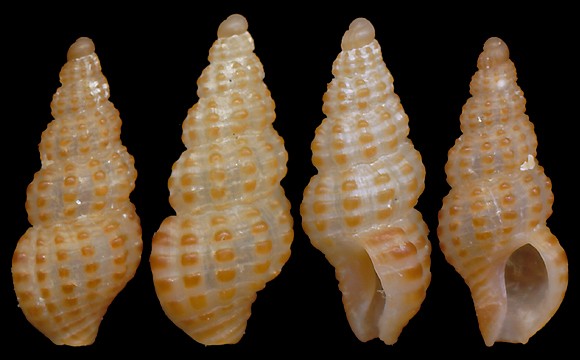
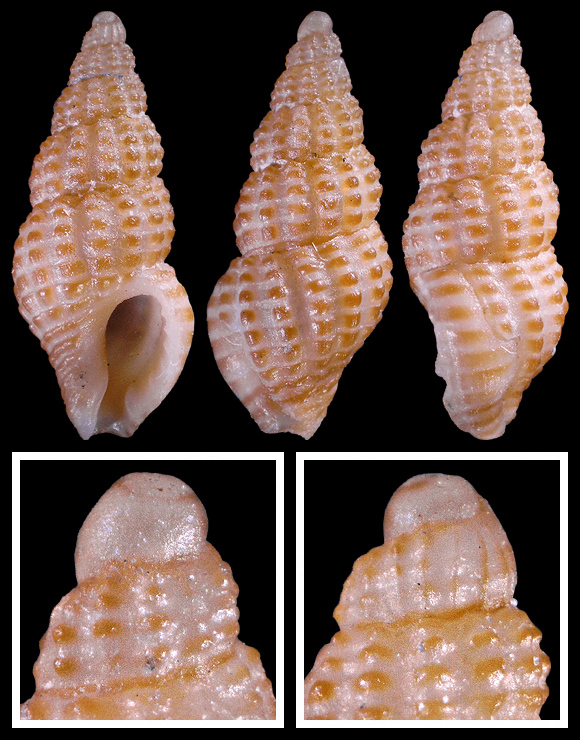
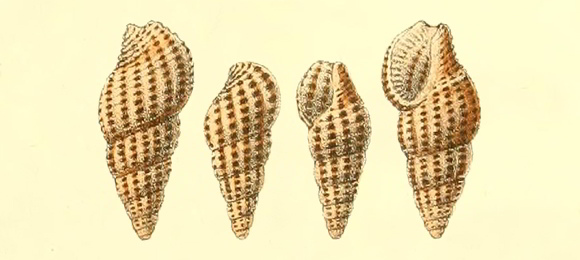
The species in N. Tiberi: “Des Testacés de la Méditerranée qui doivent être compris dans les genres Lachesis et Nesaea de Risso”, Journal de conchyliologie vol. XVI, Paris 1868, plate V fig.5 (adult, labelled “lineolata”) and fig.7 (subadult, labelled “minima”). The brown buttons arranged radially and spirally are typical of mamillata and cannot, in any way, be attributed to lineolata, a species that bears a cancellate sculpture, or to the completely brown “minima” (syn. of brunnea).